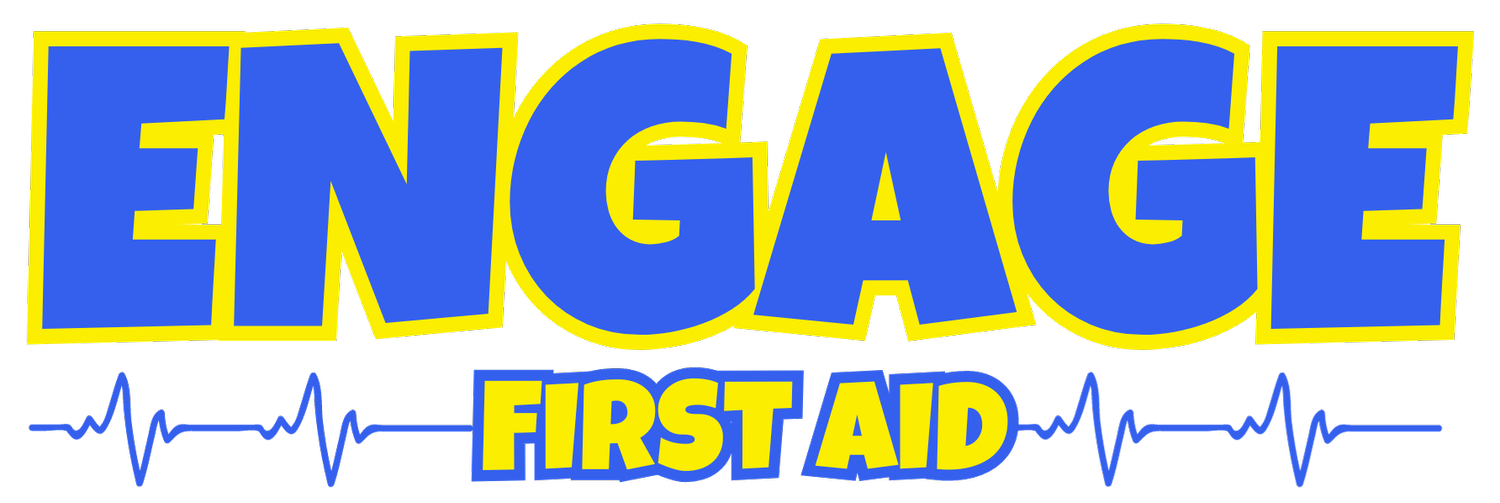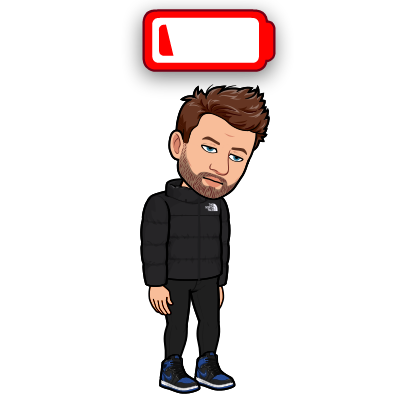Beating the heat: First Aid for hyperthermia
When working outside in the heat, it's important to be aware of the risks and take proper precautions to prevent heat-induced illnesses like hyperthermia. From dehydration to burns, these conditions can be serious if not managed right away. In honour of World Day for Health and Safety at Work, let's delve into the facts and give you a first aid how-to guide for staying safe in the sun.
Understanding the risks of heat exposure
We often think the lucky ones are those that get to work outside and enjoy the warmth but we forget how easy and quickly the fun can turn into a health hazard. Heat exposure isn't something to take lightly; it packs a punch with a variety of potential problems arising ranging from an uncomfortable sunburn to serious, life-saving emergencies. Key culprits include heat exhaustion, which can sneak up on you with signs and symptoms like feeling hot and rapid pulse, and heat stroke – a potentially life-threatening emergency where the body is unable to continue to produce sweat and your body temperature quickly rises. Not to mention, sunburns that not only hurt but can significantly damage your skin in the long run.
Recognising early warning signs is your first line of defense. Common signs and symptoms of the heat-induced illness hyperthermia include:
Hot, sweaty and breathless
High body temperature
Dizziness and faintness
Nausea, vomiting or diarrhoea
Pale, dry skin
Poor muscle control or weakness
Decreasing levels of consciousness, confusion or seizures
These signs and symptoms are your body's way of sounding the alarm that it's overheating and needs attention. Being in tune with these signs allows you to take quick action, like moving to a cool spot, loosening or removing excessive clothing. hydrating, or applying ice packs, to mitigate the risk and keep you safe.
The importance of staying hydrated
Hydration is your secret weapon against the heat. When temperatures soar, your body works overtime to cool you down, leading to increased fluid loss through sweat. This makes keeping your hydration levels topped up more important than ever. Carrying a water bottle and taking regular sips throughout the day ensures that you're constantly replenishing any fluids lost to the heat. It's not just about quenching your thirst—it's about maintaining your body's ability to regulate its temperature and prevent dehydration. Remember, by the time you feel thirsty, your body is already on its way to being dehydrated.
So, whether you're laying bricks, gardening, or teaching or PE class, make water your friend.
First Aid Management for Hyperthermia
If you find yourself or someone you're with beginning to suffer from the effects of heat, taking quick and effective action is paramount. The very first step should be to relocate to a cooler, shaded spot immediately. This simple move can significantly lower the body's temperature and offer a brief respite from the heat. Next, loosening or removing extra layers of clothing can further aid in cooling down by improving air circulation around the body.
Offering water is also essential in these situations. Encourage the individual to drink small sips of water; this helps to rehydrate the body gradually without overwhelming it.
If possible, immerse them in cool water for 15 minutes. If not, other techniques include:
Wetting them with cold water, putting them under a shower, if safe, or wetting them with a hose
Applying ice packs
Repeatedly moistening their skin with a moist cloth
Fanning them continuously
Remember, the goal is to cool and hydrate.
For those showing more severe signs or their condition isn’t improving, call 000.
Protecting your skin: preventing and treating burns
While soaking up the sun can feel great, it's necessary to protect your skin against burns too. The best way to protect your skin is to take note of The 5 SunSmart Steps - to Slip, Slop, Slap, Seek and Slide.
Slip on sun protective clothing: Working outside in the scorching heat isn't just about staying hydrated; it's also about dressing smartly to beat the heat. Fabrics that are lightweight and breathable are your best friends when the temperatures climb. Materials like cotton or linen allow air to circulate, helping your body cool down more efficiently. Colour plays a key role too so opt for lighter colours to reflect the sun's rays rather than absorb them, and keep you cooler.
Slop on SPF 30+ or higher broad-spectrum, water resistant sunscreen
Slap on a broad-rimmed hat: This is a game-changer to offer much needed shade and protection for your face and neck when working outside in the heat
Seek shade
Slide on some sunglasses: UV-blocking sunglasses are the best to hield your eyes from the glaring sun
If you do get a heat burn, the best way to manage it is to cool the burn as soon as possible with cool running water for at least 20 minutes and up to 3 hours after the burn. Do not use ice or ice water and do not break blisters.
Recognising the need for a break
Pushing through fatigue and discomfort isn't a sign of dedication when at workj; it's a risk that isn't worth taking. Regular breaks are not just beneficial; they're necessary. When working outside, make time to step into a cool, shaded area, even if it's just for a few minutes. These moments of rest are your opportunity to replenish your energy, hydrate, and conduct a quick self-check: How are you feeling? Are there any signs of heat-induced stress? Taking these short pauses to regroup can significantly impact your ability to perform and maintain your wellbeing throughout the day. Plus, it's a perfect time to apply more sunscreen, grab a snack, or simply enjoy a moment of quiet.
Creating a Safe Work Environment
If you’re an employer, team leader or site manager, make sure you educate your team on the perils of heat exposure and what to look out for. Of course, a first aid training class is something that could also help the team understand the risks and know how to manage them if the need arises. All this will help to not only ensure the safety and wellbeing of your team but also cultivate a work atmosphere where productivity and health go hand in hand. Remember, a safe work environment is a productive one!
The information provided in this blog offers general insights only. It is important to note that this content is not intended to serve as medical advice and if you are experiencing a medical emergency, please call 000 immediately.
References
Heat Exhaustion, St John NSW
What is Heat Stroke?, St John NSW
Guideline 9.3.4 – Heat Induced Illness (Hyperthermia), The Australian Resuscitation Council
Guideline 9.1.3 – First Aid for Burns, The Australian Resuscitation Council
First Aid for Sunburn, St John Victoria





